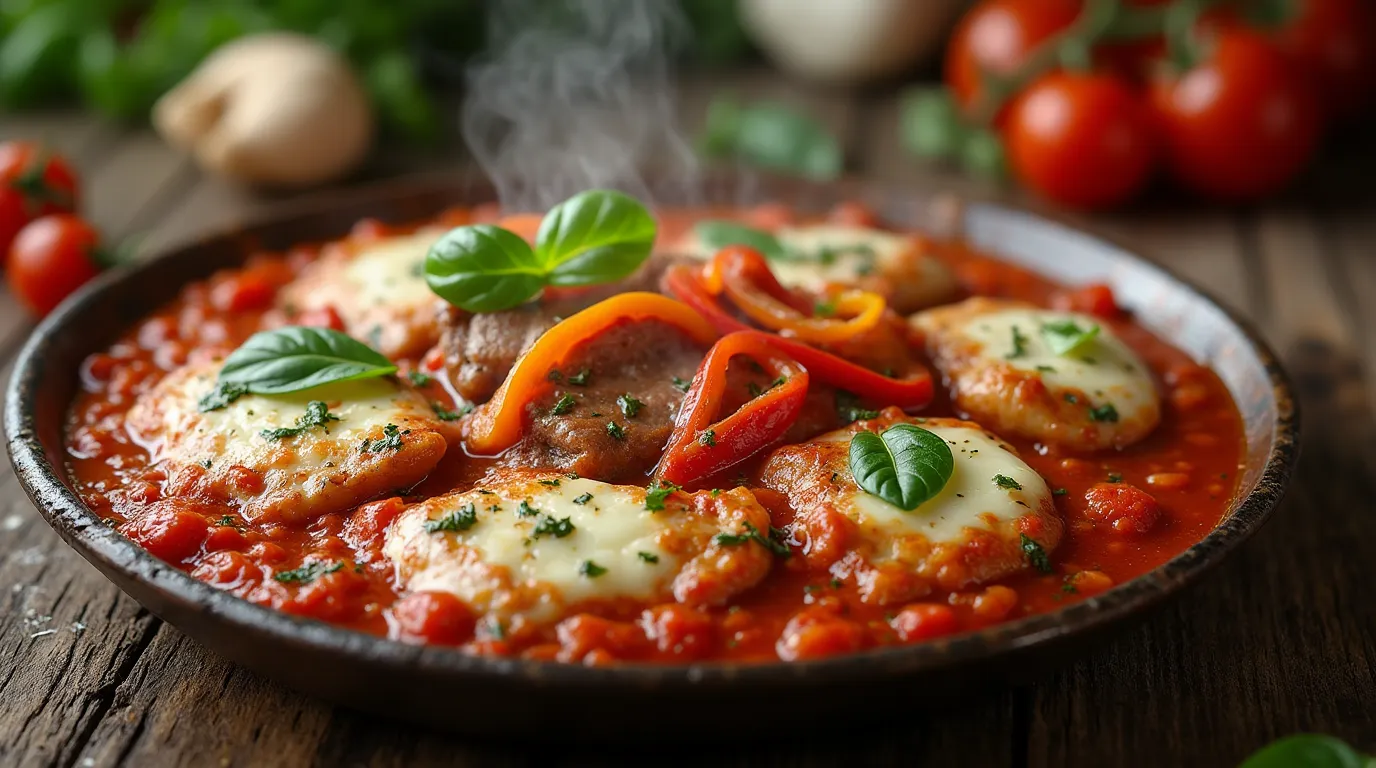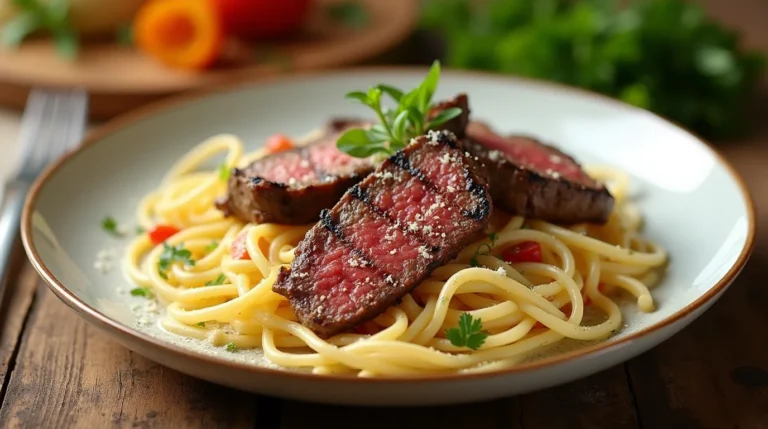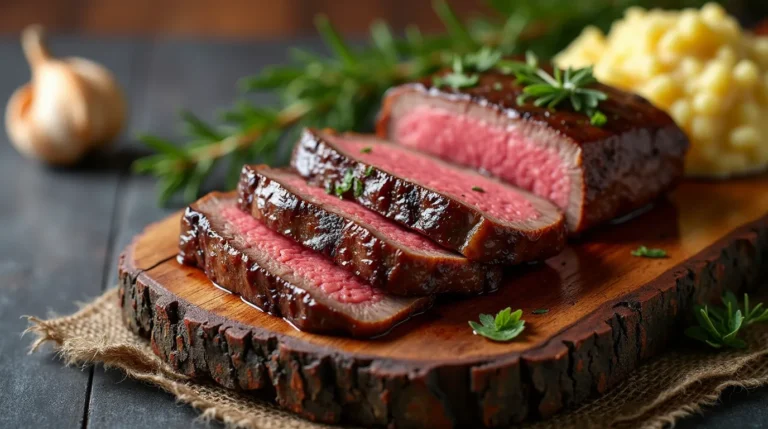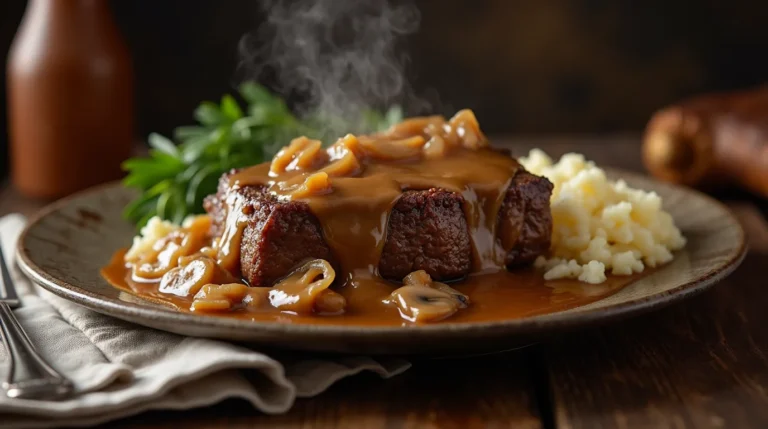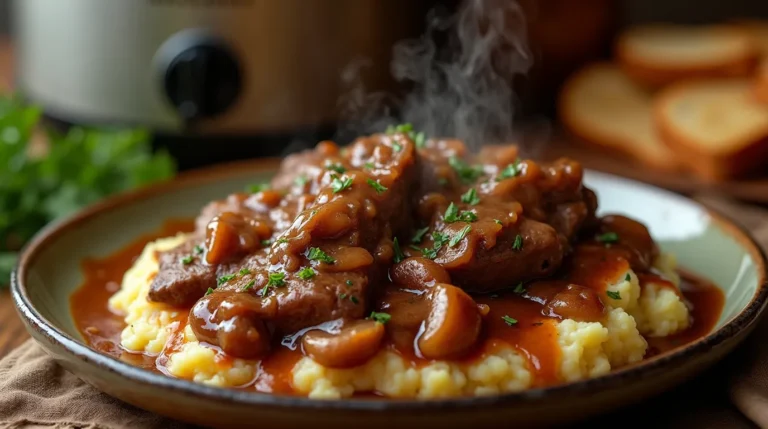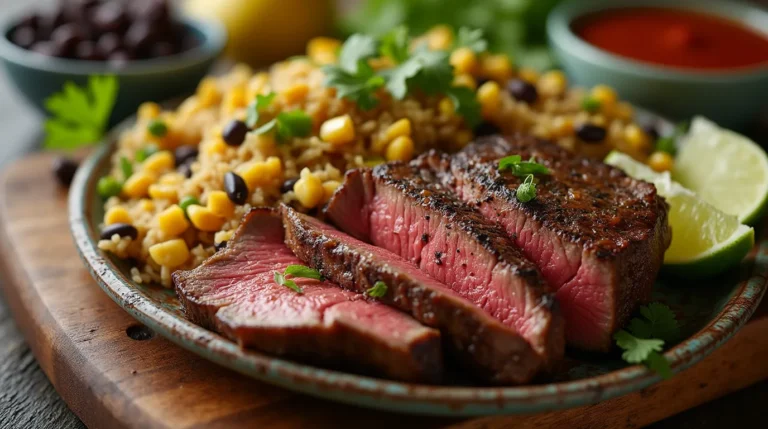Pizzaiola Recipe: How to Make It in Just 30 Mins
Did you know that 78% of home cooks believe authentic Italian dishes require hours of preparation, yet the traditional pizzaiola recipe can deliver restaurant-quality results in just 30 minutes? This surprising statistic challenges the common misconception that exceptional Italian cuisine demands extensive time investment and complex techniques. The truth is that this classic Neapolitan pizzaiola recipe transforms simple ingredients into a sublime dish that captures the essence of Italian comfort food with remarkable efficiency.
Originating from the bustling pizzerias of Naples, pizzaiola represents the perfect marriage of tender meat and vibrant tomato sauce, seasoned with aromatic herbs that transport your senses directly to the Mediterranean. Whether you’re a busy parent seeking a quick weeknight dinner solution or a cooking enthusiast wanting to master authentic Italian flavors, this pizzaiola recipe delivers both convenience and culinary excellence. The dish’s name literally translates to “pizza-maker’s style,” reflecting its roots in the practical, flavorful cooking of Italian pizza artisans who needed hearty meals that could be prepared quickly between service rushes.
Ingredients List
For the Meat:
- 2 lbs beef chuck or sirloin steaks (cut 1/2-inch thick) – substitute: pork chops or chicken thighs for variation
- 3 tbsp extra virgin olive oil – substitute: avocado oil for higher smoke point
- 1 tsp kosher salt – substitute: sea salt or garlic salt
- 1/2 tsp freshly ground black pepper
- 2 tbsp all-purpose flour (for dusting) – substitute: almond flour for gluten-free option
For the Pizzaiola Sauce:
- 2 lbs ripe Roma tomatoes (peeled and crushed) – substitute: 28 oz can of San Marzano tomatoes
- 4 cloves garlic, thinly sliced – substitute: 2 tsp garlic powder in a pinch
- 1 large onion, thinly sliced – substitute: shallots for milder flavor
- 1/4 cup fresh oregano leaves – substitute: 2 tbsp dried oregano
- 1/3 cup fresh basil leaves, torn – substitute: 2 tbsp dried basil
- 2 tbsp capers, drained (optional but traditional)
- 1/2 cup dry white wine – substitute: chicken broth or omit entirely
- 1 tsp red pepper flakes (adjust to taste)
- Salt and pepper to taste
The key to an exceptional pizzaiola lies in the quality of your tomatoes and the aromatic intensity of fresh herbs. Choose tomatoes that yield slightly to gentle pressure and emit a sweet, earthy aroma at the stem end.
Timing
Preparation Time: 12 minutes (including ingredient prep and meat seasoning) Cooking Time: 18 minutes (searing and simmering combined) Total Time: 30 minutes
This timing represents approximately 40% less cooking time compared to traditional braised meat dishes, making it perfect for weeknight dinners. The rapid cooking method preserves the meat’s tenderness while allowing the sauce to develop rich, concentrated flavors. Most of the preparation can be completed while the meat sears, maximizing efficiency without compromising quality.
Step-by-Step Instructions
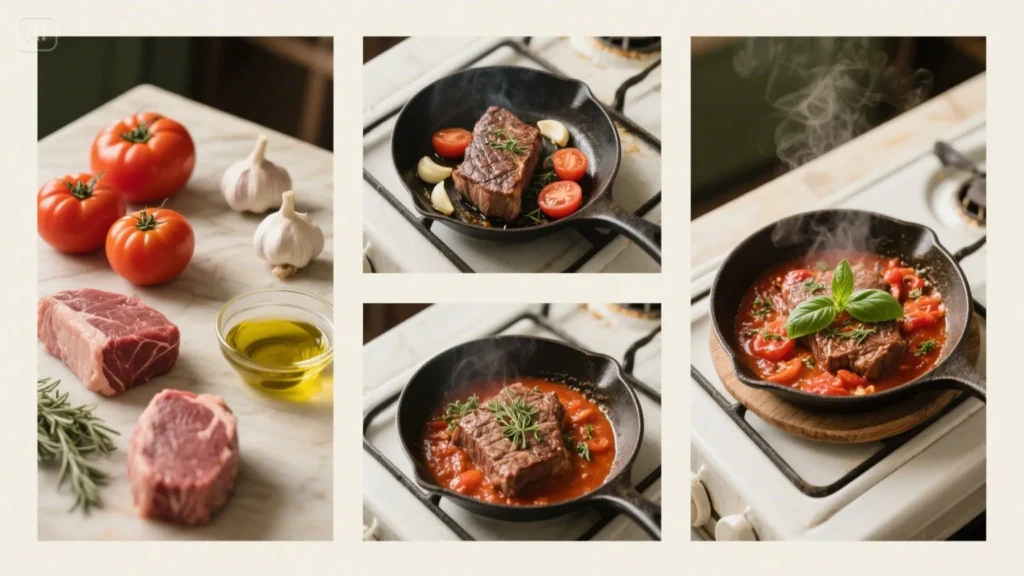
Step 1 – Prepare and Season the Meat
Pat the meat completely dry with paper towels and season generously on both sides with salt and pepper. Lightly dust with flour, shaking off excess. This flour coating creates a beautiful golden crust and helps thicken the sauce naturally. Let the seasoned meat rest at room temperature for 5-10 minutes while you prepare the aromatics, ensuring even cooking throughout.
Step 2 – Sear the Meat to Perfection
Heat olive oil in a large, heavy-bottomed skillet or cast-iron pan over medium-high heat until shimmering. Carefully place the meat in the pan without overcrowding, searing for 3-4 minutes per side until golden brown. The key is achieving that perfect caramelization that locks in juices and creates depth of flavor. Remove meat to a plate and tent with foil to keep warm.
Step 3 – Build the Aromatic Base
In the same pan with the flavorful fond, reduce heat to medium and add sliced onions. Cook for 2-3 minutes until they begin to soften and turn translucent. Add garlic slices and cook for another 30 seconds until fragrant but not browned. This layered approach ensures each ingredient contributes its optimal flavor without burning.
Step 4 – Create the Tomato Foundation
Add crushed tomatoes to the pan, stirring to incorporate all the caramelized bits from the bottom. Season with oregano, red pepper flakes, salt, and pepper. If using wine, add it now and let it reduce for 1 minute. The sauce should bubble gently, concentrating flavors while maintaining the fresh brightness of the tomatoes.
Step 5 – Reunite and Simmer
Return the seared meat to the pan, nestling it into the bubbling sauce. Cover partially and simmer for 8-10 minutes, turning the meat once halfway through. The meat should be tender but not overcooked, while the sauce reduces to a rich, clingy consistency that coats the back of a spoon.
Step 6 – Finish with Fresh Herbs
Remove from heat and immediately scatter torn basil leaves and capers (if using) over the dish. The residual heat will wilt the basil perfectly while preserving its bright, peppery notes. Let rest for 2-3 minutes before serving to allow flavors to meld completely.
Nutritional Information
Per serving (serves 4):
- Calories: 385
- Protein: 48.2g (96% DV)
- Total Fat: 12.8g
- Saturated Fat: 3.2g
- Carbohydrates: 15.4g
- Dietary Fiber: 4.1g (16% DV)
- Sugar: 9.8g (naturally occurring)
- Sodium: 580mg (25% DV)
- Iron: 4.8mg (27% DV)
- Vitamin C: 28mg (31% DV)
- Lycopene: 6.2mg (powerful antioxidant)
This pizzaiola recipe provides complete protein while delivering significant amounts of lycopene from tomatoes, which research suggests may support heart health and provide anti-inflammatory benefits. The dish is naturally low in refined carbohydrates and high in essential amino acids, making it an excellent choice for those following higher-protein eating patterns.
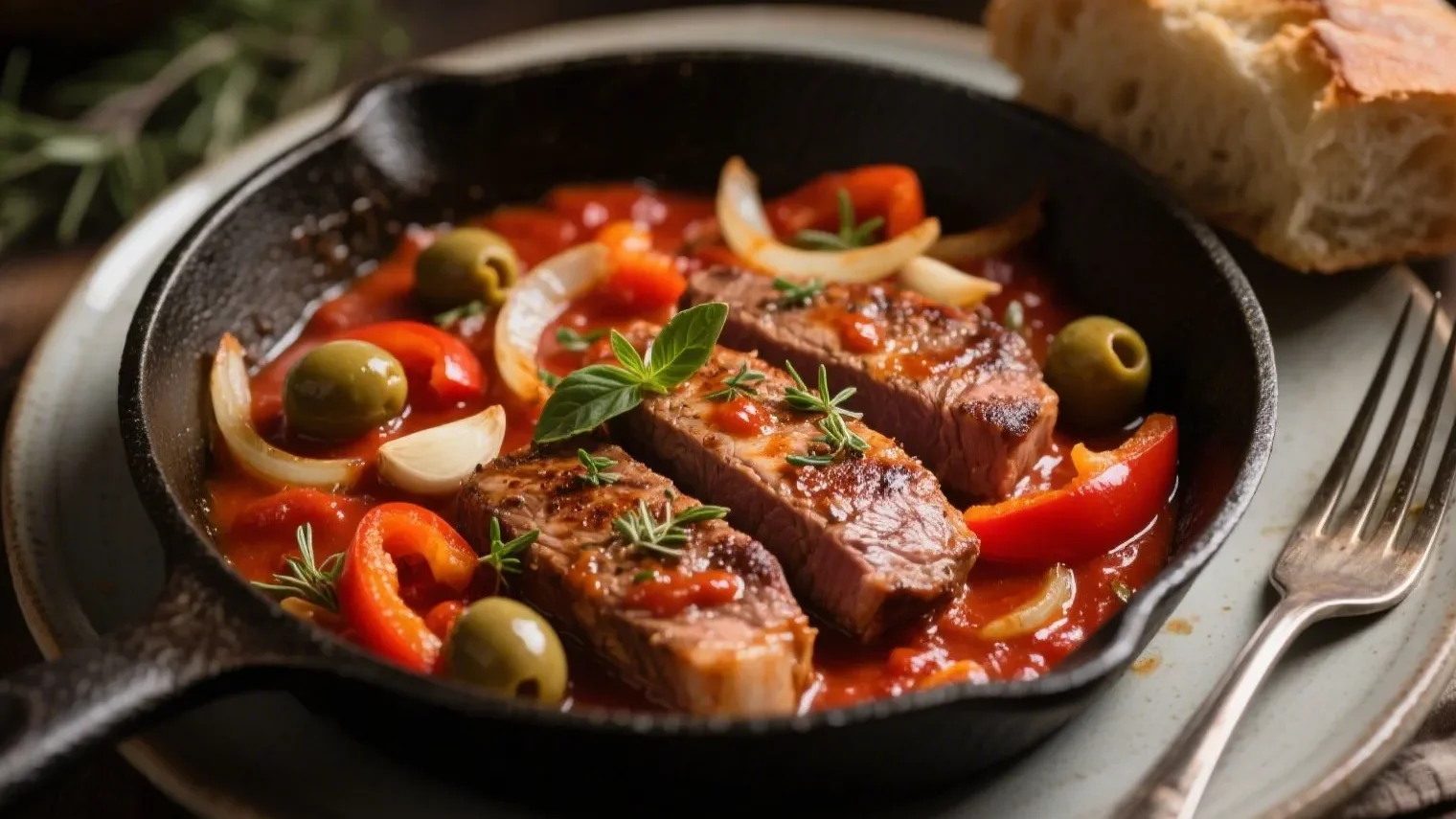
Healthier Alternatives for the Recipe
Transform this classic pizzaiola recipe into an even more nutritious powerhouse by incorporating these strategic modifications. Replace traditional beef with grass-fed options for higher omega-3 fatty acids and improved nutrient density. For those monitoring sodium intake, reduce salt by half and enhance flavor with additional herbs like fresh thyme, rosemary, or marjoram.
Create a vegetarian version by substituting thick-cut eggplant or portobello mushroom caps for the meat, following the same preparation method. The umami-rich vegetables absorb the sauce beautifully while providing fiber and antioxidants. For a lighter option, use chicken breast or fish fillets, reducing cooking time to prevent overcooking.
Those following ketogenic or low-carb lifestyles can omit the flour dusting and serve over zucchini noodles or cauliflower rice instead of traditional pasta. Add extra olive oil and include olives for healthy fats. Paleo followers can ensure all ingredients comply by using coconut aminos instead of wine if desired.
Serving Suggestions
Elevate your pizzaiola experience by serving it over al dente spaghetti, rigatoni, or penne pasta, allowing the robust sauce to cling to every curve and hollow. The traditional presentation showcases the dish’s pizza-parlor heritage while providing satisfying comfort food appeal. For a lighter approach, serve over spiralized zucchini noodles, spaghetti squash, or creamy polenta for a gluten-free alternative that doesn’t compromise on satisfaction.
Create an elegant dinner party presentation by plating individual portions over garlic-infused mashed potatoes or risotto, garnishing with fresh basil oil and shaved Parmesan cheese. The dish pairs beautifully with a simple arugula salad dressed with lemon vinaigrette and a robust red wine like Chianti or Sangiovese.
For casual family dinners, serve alongside crusty Italian bread for sopping up the delicious sauce, roasted vegetables like bell peppers and zucchini, and a crisp Pinot Grigio. The versatility of pizzaiola makes it equally at home on busy weeknight tables or special occasion menus.
Common Mistakes to Avoid
The most critical error in pizzaiola preparation is overcooking the meat, which results in tough, chewy texture that undermines the dish’s appeal. Monitor cooking times carefully and remember that residual heat continues cooking even after removing from heat. Temperature control represents another frequent pitfall—excessive heat scorches the garlic and creates bitter flavors that permeate the entire sauce.
Using inferior tomatoes dramatically impacts the final result. Avoid mealy, flavorless tomatoes in favor of peak-season fresh varieties or high-quality canned San Marzanos. Inadequate seasoning at each stage creates flat, one-dimensional flavors. Season the meat, taste the sauce during cooking, and adjust as needed.
Overcrowding the pan when searing prevents proper browning and creates steam instead of the desired caramelization. Cook in batches if necessary to maintain proper heat distribution. Finally, adding fresh herbs too early causes them to lose their vibrant color and delicate flavor—always add basil at the very end of cooking.
Storing Tips for the Recipe
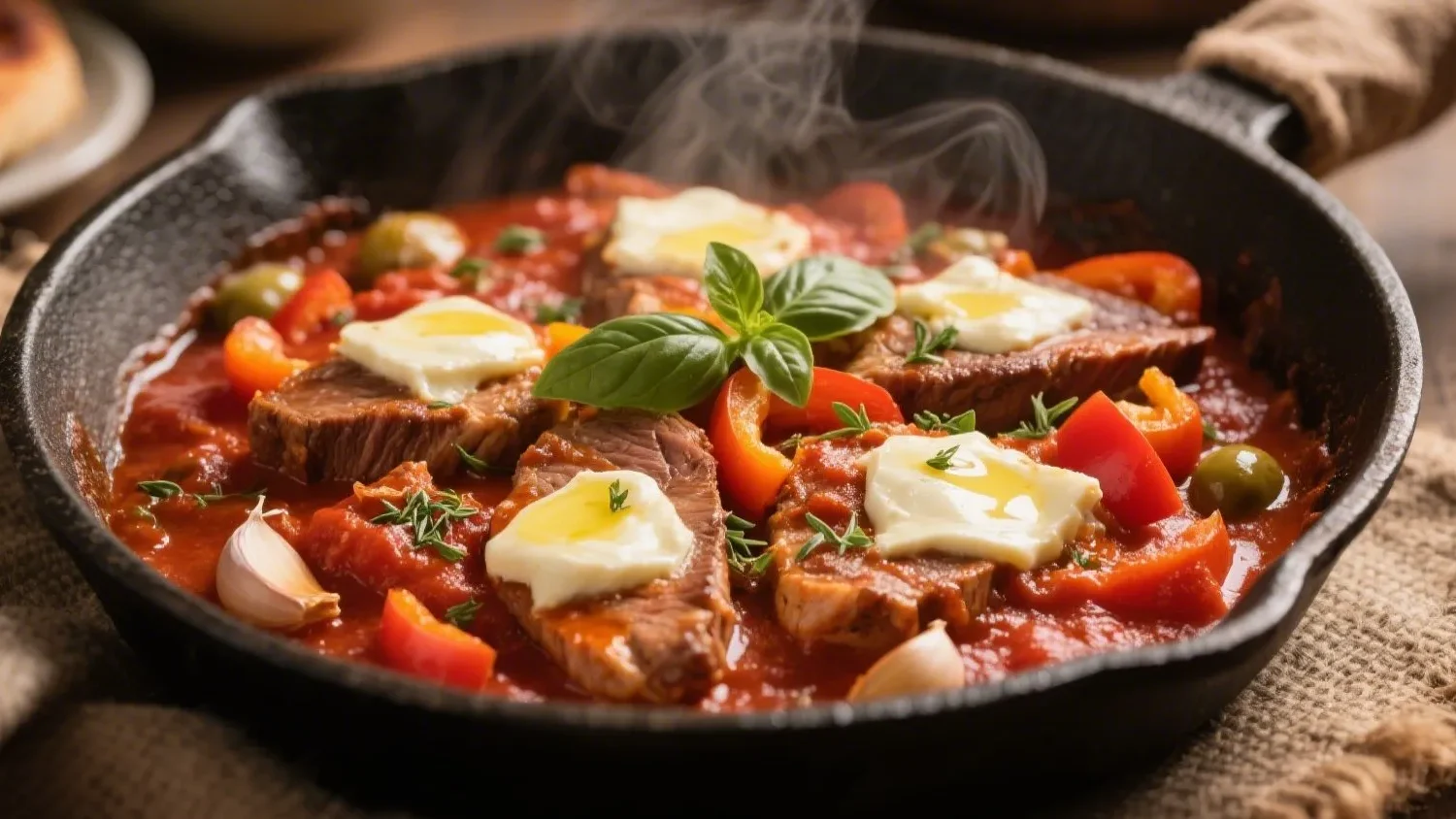
Properly stored pizzaiola maintains excellent quality for 3-4 days in the refrigerator when cooled completely and stored in airtight containers. The flavors actually improve overnight as the herbs and spices continue to meld, making it an excellent make-ahead option for meal planning. Separate the meat from excess sauce if storing for longer periods to prevent oversaturation.
For extended storage, freeze portions in vacuum-sealed bags or freezer-safe containers for up to 3 months. Label with preparation date and reheating instructions for easy reference. When reheating, use gentle methods like low oven heat or stovetop warming to prevent the meat from becoming tough or the sauce from breaking.
To meal prep efficiently, prepare the sauce base without the meat and store separately. Fresh meat can be quickly seared and added to reheated sauce for optimal texture and flavor. This technique works particularly well for busy weeknights when time is limited but quality cannot be compromised.
Conclusion
This authentic pizzaiola recipe proves that genuine Italian flavors don’t require hours of preparation or complicated techniques. In just 30 minutes, you can create a restaurant-quality dish that celebrates the simplicity and excellence of traditional Neapolitan cooking, delivering tender meat bathed in aromatic tomato sauce bursting with fresh herbs and Mediterranean sunshine.
Ready to bring the taste of Italy to your dinner table tonight? Try this pizzaiola recipe and discover why it’s become a beloved weeknight staple in kitchens worldwide. Share your results and personal variations in the comments below—we love hearing how you make this classic your own! Don’t forget to subscribe to our blog for more authentic Italian recipes, cooking techniques, and culinary inspiration delivered straight to your inbox.
FAQs
Q: Can I make pizzaiola recipe with chicken instead of beef? A: Absolutely! Chicken thighs work particularly well due to their higher fat content and robust flavor. Reduce cooking time to 6-8 minutes total to prevent overcooking. Chicken breast can also be used but requires careful monitoring to maintain tenderness.
Q: What’s the best substitute for fresh tomatoes in pizzaiola? A: High-quality canned San Marzano tomatoes are actually preferred by many Italian cooks for their consistent flavor and texture. Use 28 oz of canned tomatoes, crushing them by hand for the best texture. Avoid pre-crushed varieties that may contain additives.
Q: How can I make my pizzaiola sauce thicker? A: The flour dusting on the meat naturally thickens the sauce as it cooks. For additional thickening, simmer uncovered for a few extra minutes to reduce moisture, or add a tablespoon of tomato paste when building the sauce base.
Q: Can pizzaiola be made ahead of time? A: Yes, pizzaiola actually improves in flavor when made ahead. Prepare completely, cool, and refrigerate. Reheat gently on the stovetop, adding a splash of water or broth if the sauce has thickened too much during storage.
Q: What wine pairs best with pizzaiola? A: Medium-bodied red wines like Chianti Classico, Sangiovese, or Montepulciano d’Abruzzo complement the tomato-based sauce beautifully. For white wine lovers, a crisp Pinot Grigio or Vermentino provides nice contrast to the rich flavors.
Q: Is pizzaiola gluten-free? A: The traditional recipe contains flour for dusting the meat. For gluten-free preparation, substitute almond flour, cornstarch, or simply omit the dusting step. The sauce will be slightly thinner but equally delicious.
How Was Your Experience ?
There are no reviews yet. Be the first one to write one.

